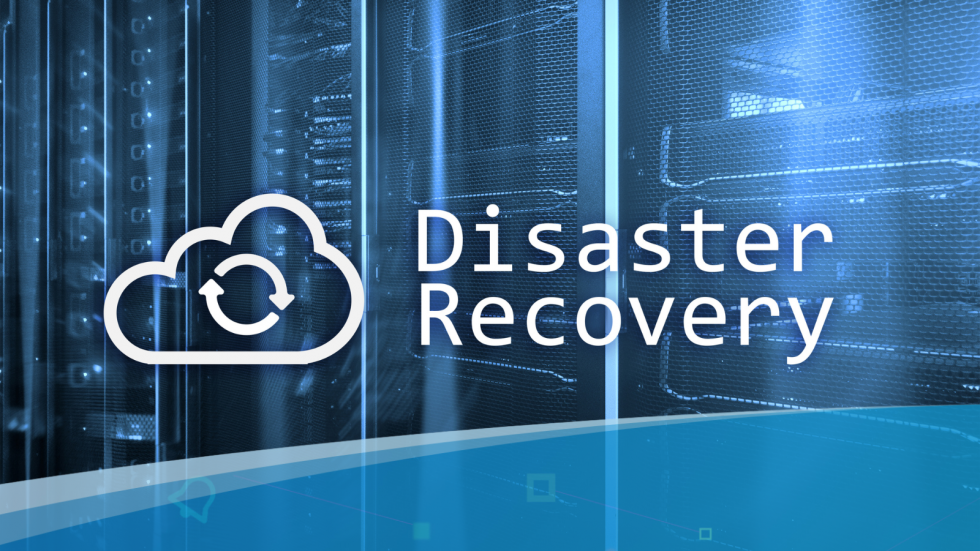Published on 31 March 2023
Disaster recovery plans are essential for all types of businesses, regardless of their size or industry. These plans serve as a backup in case anything goes wrong with their IT systems, which can be detrimental to a company’s operations and reputation.
One of the most significant advantages of having a disaster recovery plan is that it ensures business continuity. In the event of a natural disaster, cyber attack, or other unexpected event that disrupts the company’s IT systems, a disaster recovery plan can help minimise downtime and prevent data loss. This, in turn, ensures that the company can continue to operate, meet its obligations to customers and stakeholders, and avoid financial losses.
Another benefit of disaster recovery plans is that they can help companies comply with regulatory requirements. Many industries have regulations around data protection and business continuity, and having a disaster recovery plan in place can help businesses meet these requirements and avoid penalties or fines.
A disaster recovery plan is a documented set of procedures and protocols that an organisation follows to recover from a significant disruptive event that affects its operations. The main objective is to restore business continuity as quickly as possible with minimum loss or damage.
A disaster recovery plan typically includes the following components:
Businesses should always have a disaster recovery plan in place because disasters and disruptions can happen unexpectedly and cause significant damage to their operations.
Data is the lifeblood of modern businesses, and data loss can be catastrophic. A disaster recovery plan ensures that data is backed up regularly and securely, and it can be restored quickly in case of a disaster. Without a disaster recovery plan, lost and unrecoverable data can result in significant financial losses, legal liabilities, and reputational damage.
Disruptions such as natural disasters, cyber attacks, and power outages can interrupt business operations and result in significant downtime. A disaster recovery plan ensures that critical systems and applications can be recovered quickly and that business continuity is maintained. Downtime can be expensive, and the longer it takes to restore operations, the greater the financial impact. This is especially important for businesses that rely heavily on technology or have strict service level agreements with customers, disruptions can also damage a business’s reputation if customers are impacted.
Many industries have strict regulations around data protection and business continuity, and failure to comply can result in penalties, fines, and legal liabilities. A disaster recovery plan helps businesses meet these requirements and demonstrate their commitment to data protection and business continuity.
So how do you begin to write your own disaster recovery plan? Take a look at this step-by-step guide:
Bluebell IT Solutions supports the development of disaster recovery plans by providing expert technical guidance. We work closely with organisations to develop customised disaster recovery plans that meet their specific needs and priorities. To find out what we can do to support you and your business, get in touch by calling our team on 01908 044202 or email us at info@wearebluebell.co.uk. Alternatively, book an appointment with us today at a time to suit you.

© 2025 Bluebell IT Solutions - All rights reserved
SEO and Website Design by Loop Digital